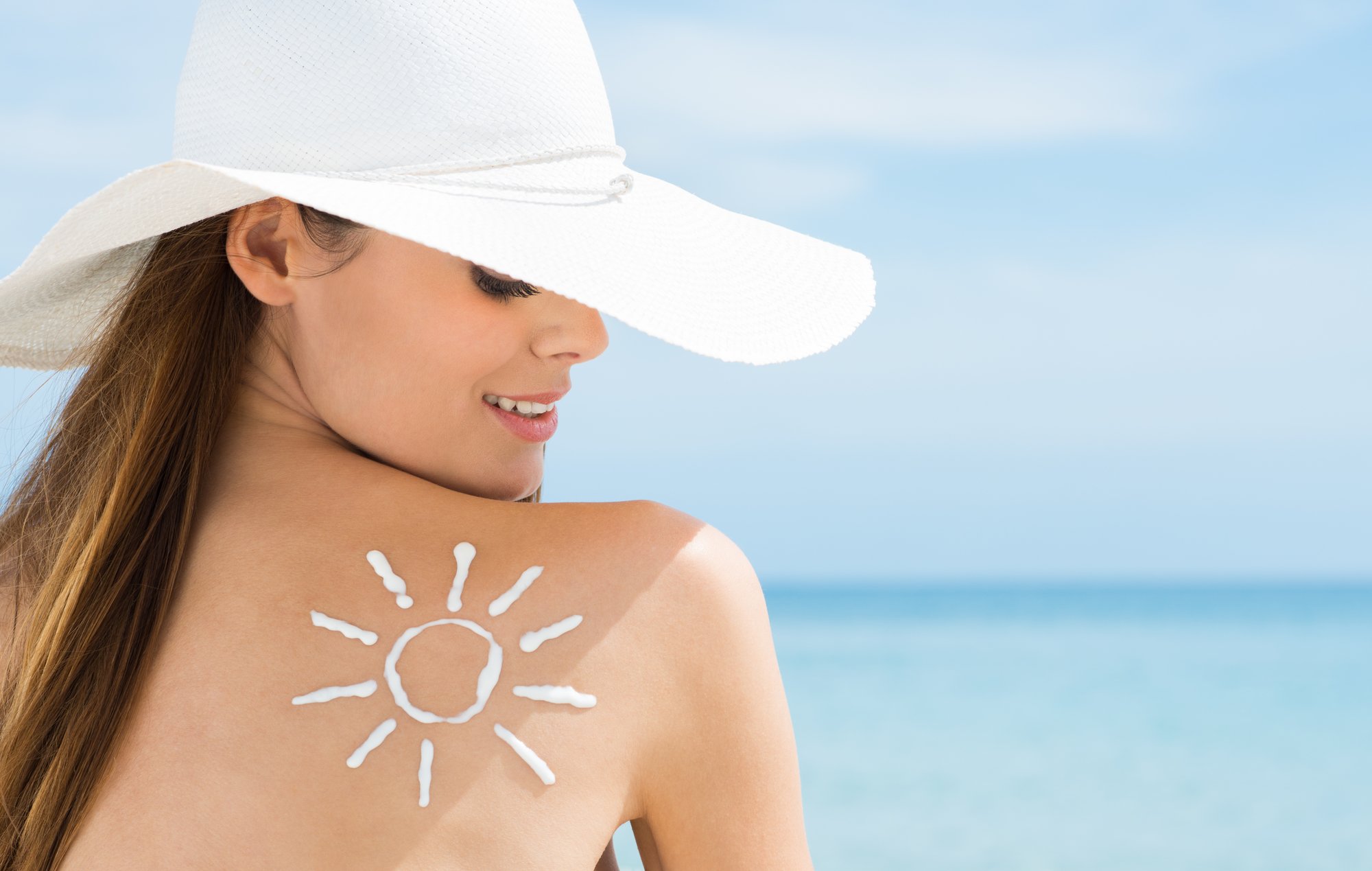Sun allergy, also known as photosensitivity, can be a troublesome condition for many individuals, especially during the warmer months or in regions with intense sunlight. Understanding how to recognize, prevent, and manage sun allergies is essential for maintaining skin health and enjoying outdoor activities without discomfort or risk. In this comprehensive guide, we’ll delve into the details of sun allergies, including their causes, symptoms, prevention methods, and treatment options.
Understanding Sun Allergies
Sun allergies encompass a range of skin conditions triggered or exacerbated by exposure to sunlight. These conditions may manifest as redness, itching, rash, or even blistering upon sun exposure. While anyone can develop a sun allergy, certain factors may increase susceptibility, including genetics, medication usage, and underlying skin conditions.
Types of Sun Allergies
- Polymorphic Light Eruption (PMLE): PMLE is one of the most common forms of sun allergy, characterized by itchy or burning red patches on sun-exposed skin. This condition typically occurs within hours of sun exposure and may affect individuals with fair or sensitive skin.
- Solar Urticaria: Solar urticaria manifests as hives or welts on the skin shortly after exposure to sunlight. These raised, red, and itchy bumps can appear suddenly and may persist for several hours. Solar urticaria is considered a rare form of sun allergy.
- Photoallergic and Phototoxic Reactions: Some individuals may experience photoallergic or phototoxic reactions when certain substances, such as medications or skincare products, interact with sunlight. These reactions can range from mild redness to severe blistering, depending on the individual’s sensitivity and the substance involved.

Recognizing Symptoms
Identifying the symptoms of a sun allergy is crucial for prompt management and prevention of further discomfort. Common signs of sun allergy include:
- Redness or inflammation on sun-exposed areas
- Itching, burning, or stinging sensations
- Raised bumps, hives, or blisters
- Peeling or scaling of the skin
- Swelling or tenderness
If you experience any of these symptoms after sun exposure, it’s essential to seek shade and take appropriate measures to soothe the skin.
Preventing Sun Allergies
While complete avoidance of sunlight may not be practical, several strategies can help minimize the risk of sun allergies:
1. Sunscreen Protection
Apply a broad-spectrum sunscreen with a high SPF (Sun Protection Factor) to all exposed skin areas, even on cloudy days. Reapply sunscreen every two hours, or more frequently if swimming or sweating.
2. Protective Clothing
Wear lightweight, tightly woven clothing that covers the skin, along with a wide-brimmed hat and sunglasses for added protection against harmful UV rays.
3. Seek Shade
Limit sun exposure during peak hours, typically between 10 a.m. and 4 p.m., when the sun’s rays are strongest. Take breaks in shaded areas or indoors to reduce the risk of sunburn and allergic reactions.
4. Avoid Photosensitizing Substances
Be cautious when using skincare products, medications, or cosmetics that may increase photosensitivity. Consult with a healthcare professional to determine if any medications should be avoided or adjusted to minimize sun-related reactions.

Managing Sun Allergies
If you develop a sun allergy despite preventive measures, several approaches can help alleviate symptoms and promote healing:
1. Cool Compresses
Apply cool compresses or take cool baths to soothe irritated skin and reduce inflammation. Avoid hot water, as it can exacerbate symptoms and further damage the skin barrier.
2. Moisturize Regularly
Use gentle, fragrance-free moisturizers to hydrate the skin and prevent dryness or peeling. Opt for products containing ingredients like aloe vera or colloidal oatmeal, known for their soothing properties. Explore More About (Stomach Pain From Stress)

3. Topical Steroids
In cases of severe itching or inflammation, topical corticosteroids may be prescribed to reduce symptoms and promote healing. These medications should be used under the guidance of a healthcare professional and for the shortest duration possible to minimize side effects.
4. Oral Antihistamines
Over-the-counter antihistamines can help alleviate itching and discomfort associated with sun allergies. Choose non-drowsy formulations if daytime use is required, and follow the recommended dosage instructions.
When to Seek Medical Attention
While most sun allergies can be managed with home care and preventive measures, certain situations warrant medical evaluation:
- Severe or persistent symptoms despite self-care efforts
- Signs of infection, such as increased redness, warmth, or oozing from affected areas
- Development of fever, chills, or flu-like symptoms following sun exposure
If you experience any concerning symptoms or have difficulty managing your sun allergy, consult with a dermatologist or healthcare provider for further assessment and treatment recommendations.

| Aspect | Sunburn | Sun Allergy |
|---|---|---|
| Cause | Excessive exposure to UV radiation from the sun | Abnormal immune reaction to sunlight or UV radiation |
| Symptoms | Redness, pain, blistering, peeling | Redness, itching, rash, hives, swelling |
| Onset | Typically within a few hours of sun exposure | Can occur immediately or several hours after sun exposure |
| Duration | Resolves within a few days to a week | Can persist for days or weeks, depending on severity |
| Risk Factors | Fair skin, prolonged sun exposure | Genetics, medication usage, skin sensitivity |
| Treatment | Cooling compresses, moisturizers, pain relievers | Topical steroids, antihistamines, avoiding sun exposure |
Conclusion
Sun allergies can be a source of discomfort and frustration for many individuals, but with proper understanding and proactive measures, their impact can be minimized. By recognizing symptoms, implementing preventive strategies, and seeking appropriate treatment when needed, individuals can enjoy the sun safely and protect their skin from harmful effects. Remember to prioritize sun protection year-round, and listen to your skin’s needs to maintain optimal health and well-being.




